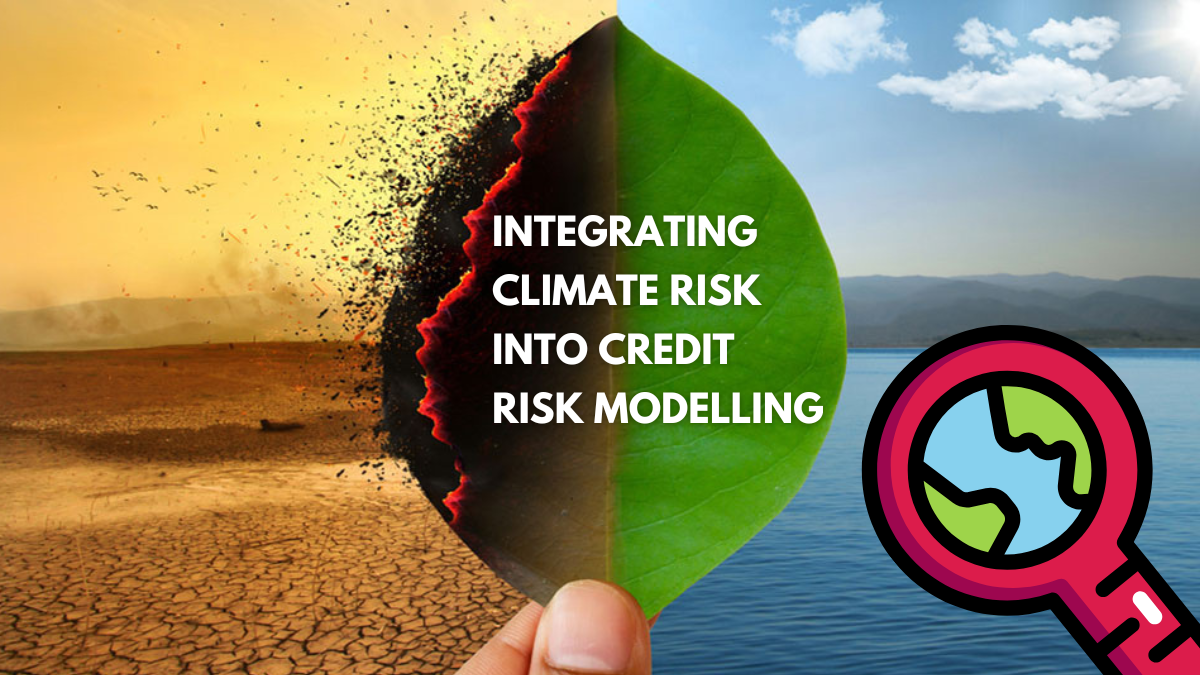Climate change is one of the major challenges of the upcoming decades. Recent years have been marked by a raising public awareness of global warming as scientists have been sounding bells about current and future consequences. Several indicators, such as the increase in global temperature, the rise of sea level, melting ice in Polar Regions and the increase of the frequency and severity of natural disasters highlight the potential devastating effects of climate change on the planet.
Given the urgency and the growing impacts of the climate change issue, many industries are potentially highly exposed to physical or transition risks, and from time to time to both. In particular, a number of industry sectors may have activities, products and services that may be exposed to carbon risk and are expected to experience structural shifts in their business model. Some have already engaged their transformation to a greener strategy such as the automotive sector where most major players have already introduced hybrid and electric vehicles to their catalogue.
The banking sector, acting as the primary driver of the global economy, is thus at the forefront of these structural changes. To resist to the consequences of global warming, banks must take the lead, integrate climate change into their risk management framework and adapt their systems and reporting to cope with the increasing demands of banking supervisors. Indeed, these last years have seen several initiatives and efforts from the regulatory and supervisory bodies such as:
Please fill out the form to access the content
Resource Sponsored By


